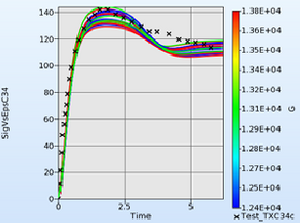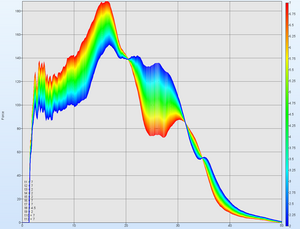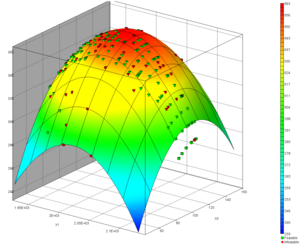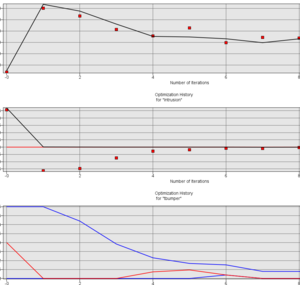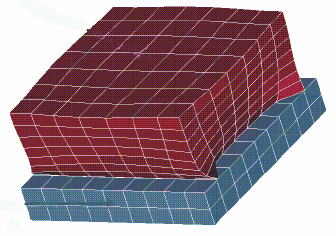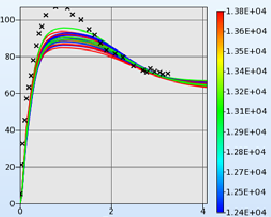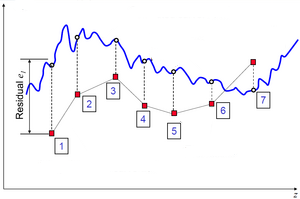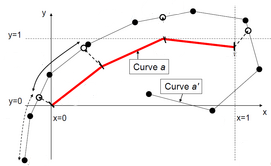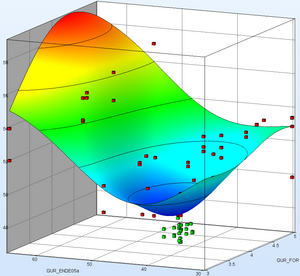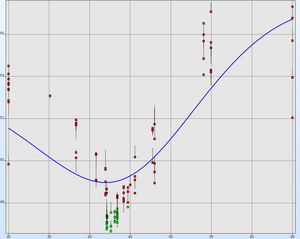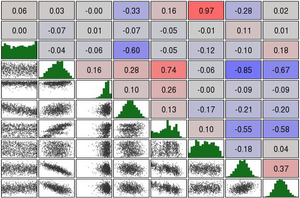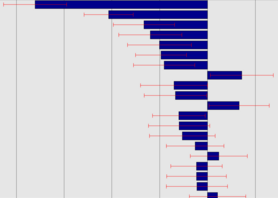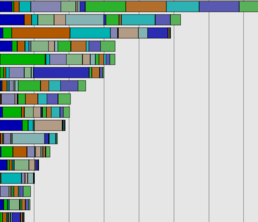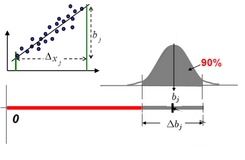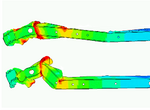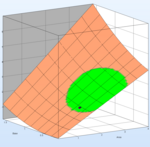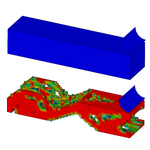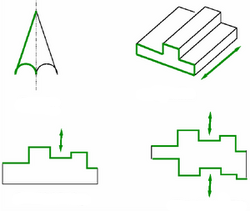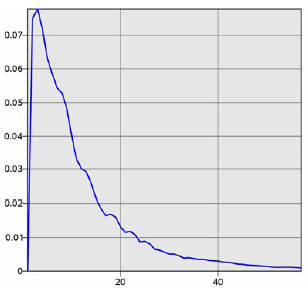Getting Started
https://www.lsoptsupport.com/getting-started
https://www.lsoptsupport.com/@@site-logo/LS-Opt-Support-Logo480x80.png
Read More…
Downloads
https://www.lsoptsupport.com/downloads
https://www.lsoptsupport.com/@@site-logo/LS-Opt-Support-Logo480x80.png
Read More…
Documents
Collection of documents related to LS-OPT, Optimization and Stochastics
https://www.lsoptsupport.com/documents
https://www.lsoptsupport.com/@@site-logo/LS-Opt-Support-Logo480x80.png
Collection of documents related to LS-OPT, Optimization and Stochastics
Read More…
Examples
This section demonstrates LS-OPT capabilities by means of a series of examples.
https://www.lsoptsupport.com/examples
https://www.lsoptsupport.com/@@site-logo/LS-Opt-Support-Logo480x80.png
This section demonstrates LS-OPT capabilities by means of a series of examples.
Read More…
HowTos
Collection of information and examples for several tasks with LS-OPT
https://www.lsoptsupport.com/howtos
https://www.lsoptsupport.com/@@site-logo/LS-Opt-Support-Logo480x80.png
Collection of information and examples for several tasks with LS-OPT
Read More…
FAQs
FAQ's related to Optimization, Robustness and Reliability Analysis
https://www.lsoptsupport.com/faqs
https://www.lsoptsupport.com/@@site-logo/LS-Opt-Support-Logo480x80.png
FAQ's related to Optimization, Robustness and Reliability Analysis
Read More…
Videos
Tutorial videos
https://www.lsoptsupport.com/videos
https://www.lsoptsupport.com/@@site-logo/LS-Opt-Support-Logo480x80.png
Tutorial videos
Read More…
News
Site News
https://www.lsoptsupport.com/news
https://www.lsoptsupport.com/@@site-logo/LS-Opt-Support-Logo480x80.png
Site News
Read More…
Welcome to LS-OPT Support Site
https://www.lsoptsupport.com/home
https://www.lsoptsupport.com/@@site-logo/LS-Opt-Support-Logo480x80.png
Read More…
Optimization
LS-OPT is designed to meet all requirements to solve arbitrary non-linear optimization tasks.
https://www.lsoptsupport.com/optimization
https://www.lsoptsupport.com/@@site-logo/LS-Opt-Support-Logo480x80.png
LS-OPT is designed to meet all requirements to solve arbitrary non-linear optimization tasks.
|
|
Successive Response Surface Method (SRSM)
- Very effective algorithm for highly nonlinear problems such as crashworthiness or metal forming applications
Genetic Optimization Algorithm (GA)
- suitable for arbitrary problems in particular for complex performance functions
(e.g. many local minima)
Multidisciplinary Optimization (MDO)
- More than one load case and more than one CAE-Discipline
Parallel execution of multiple load cases with different analyzing types and possibly different variable definitions
- Discipline-specific job control
- Discipline specific point selection schemes (experimental design)
Multi-Objective Optimization
- Simultaneous optimization of more than one objective function
- Pareto Front Solutions
Reliability Based Design Optimization (RBDO)
- Optimization that directly accounts for the variability and the probability of failure
Robust Design Optimization (RDO)
- Optimizing design and robustness simultaneously
Optimization variables
- Continuous and discrete variables
- Mixed discrete-continuous optimization
- Dependent (linked) variables
Identification of system-/material parameters
- Calibration of models to experimental data
Shape optimization
- Process of optimizing the geometrical dimensions of a structural part
Interface to parametric pre-processors: ANSA, HyperMorph, TrueGrid, User-Defined
|
back to Home
System-/Parameter Identification
The utilization of new materials such as plastics, composites, foams, textile or high-strength steels require the application of highly complex material models. These material models generally bring along numerous material parameters, which are difficult to define. The optimization program LS-OPT is excellently suited for the identification of these parameters. By the parameterized simulation of the physical tests with LS-DYNA an automated calibration to the test results is performed. The objective is to minimize the error between the test results and the simulation results.
https://www.lsoptsupport.com/system-parameter-identification
https://www.lsoptsupport.com/@@site-logo/LS-Opt-Support-Logo480x80.png
The utilization of new materials such as plastics, composites, foams, textile or high-strength steels require the application of highly complex material models. These material models generally bring along numerous material parameters, which are difficult to define. The optimization program LS-OPT is excellently suited for the identification of these parameters. By the parameterized simulation of the physical tests with LS-DYNA an automated calibration to the test results is performed. The objective is to minimize the error between the test results and the simulation results.
|
|
Optimization Algorithm
- Successive Response Surface Method (SRSM)
Calibration of
- Scalar values
- Global curves
- Full-field calibration
Curve Extraction
- Interface to LS-DYNA output
- Target curve from file
- Interface to gom/ARAMIS
- Crossplots
Curve matching metrics
- Mean Squarred Error
- Curve Mapping (e.g. for hysteretic curves)
- Dynamic Time Warping
Visualization
- History Plot
- Visualization of simulated and target curve
- LSPP fringe plots
|
Examples:
|
|
back to Home
Design Exploration
LS-OPT allows global approximations of the design space using meta models. These meta models may be used for design exploration.
https://www.lsoptsupport.com/design-exploration
https://www.lsoptsupport.com/@@site-logo/LS-Opt-Support-Logo480x80.png
LS-OPT allows global approximations of the design space using meta models. These meta models may be used for design exploration.
|
|
Response Surfaces (Meta Models)
- Global approximation of Responses and Histories
- Metamodel types: Polynomials, Radial Basis Functions, Feedforward Neural networks
Visualization
- 2D/3D sections of the surfaces
- 1/2 selected variables vs. any response
- Constraints on the meta models
- Influence of single parameter on a history curve
- Interactive prediction of response values
|
back to Home
Sensitivity Studies
Methods for the determination of significant variables are implemented in LS-OPT.
https://www.lsoptsupport.com/sensitivity-studies
https://www.lsoptsupport.com/@@site-logo/LS-Opt-Support-Logo480x80.png
Methods for the determination of significant variables are implemented in LS-OPT.
|
|
Linear ANOVA (Analysis of Variance)
- regression based method
- evaluated on metamodel
- 90% confidence interval
- normalized with respect to design space
- influence of variables on single response
Global Sensitivity Analysis (Sobol)
- variance based method
- evaluated on metamodel
- nonlinear for nonlinear metamodel
- normalized
- absolute value
- determination of influence of variables an multiple responses or on the whole problem possible
|
back to Home
Robustness Analysis
Stochastic methods and features for robustness analysis are implemented in LS-OPT.
https://www.lsoptsupport.com/robustness-analysis
https://www.lsoptsupport.com/@@site-logo/LS-Opt-Support-Logo480x80.png
Stochastic methods and features for robustness analysis are implemented in LS-OPT.
|
|
Monte Carlo Investigations
- Direct and metamodel based
- Estimation of Mean, Std. Deviation
- Correlation Analysis
- Confidence Intervals
- Outlier Analysis
- Stochastic contribution analysis
Reliability studies
- Determination of failure probability
- Methods: FOSM, FORM
Reliability Based Design Optimization
- Optimization that directly accounts for the variability and the probability of failure
Robust Design Optimization
- Optimizing design and robustness simultanously
Visualization of statistical results on the FE-Model (DYNAstats)
- Fringe of mean and standard deviation on the FE-model utilizing LS-PrePost
- Display of variation of element results such as stress, thinning, plastic strain...
- Correlation of node displacements with respect to any response
- Statistics of time history curves
|
Examples:
|
|
back to Home
Topology Optimization
LS-TaSC™ is a Topology and Shape Computation tool. Developed for engineering analysts who need to optimize structures, LS-TaSC works with both the implicit and explicit solvers of LS-DYNA. LS-TaSC handles topology optimization of large non-linear problems, involving dynamic loads and contact conditions.
https://www.lsoptsupport.com/topology-optimization
https://www.lsoptsupport.com/@@site-logo/LS-Opt-Support-Logo480x80.png
LS-TaSC™ is a Topology and Shape Computation tool. Developed for engineering analysts who need to optimize structures, LS-TaSC works with both the implicit and explicit solvers of LS-DYNA. LS-TaSC handles topology optimization of large non-linear problems, involving dynamic loads and contact conditions.
|
|
General capabilities
- Solid design using first-order hexahedrons and tetrahedral elements
- Shell design using first-order quadrilateral and triangular elements
- Global constraints
- Multiple load cases, e.g. static, impact and NVH
- Tight integration with LS-DYNA
- Large models with millions of elements
Geometry definitions
- Multiple parts
- Symmetry
- Extrusions
- Casting, one sided
- Casting, two sided
- Forging
Postprocessing
- Design histories
- LS-PrePost plots of the geometry evolution and the final design
- Iso-surfaces
|
back to Home
Imprint
https://www.lsoptsupport.com/imprint
https://www.lsoptsupport.com/@@site-logo/LS-Opt-Support-Logo480x80.png
The following company contributes to this web site:
Anschrift
DYNAmore GmbH, an Ansys Company
Zentrale
Industriestraße 2
D-70565 Stuttgart
Telefon
+49 (0)711-459600-0
Telefax
+49 (0)711-459600-29
Geschäftsführer
Richard Belcher
Umsatzsteuer-Identifikationsnummer (gemäß § 27 a Umsatzsteuergesetz)
DE320033770
Welcome to LS-OPT Support Site
LS-OPT, the graphical optimization tool that interfaces perfectly with LS-DYNA allows the user to structure the design process, explore the design space and compute optimal designs according to specified constraints and objectives. The program is also highly suited to the solution of system identification problems and stochastic analysis.
https://www.lsoptsupport.com/welcome-to-ls-opt-support-site
https://www.lsoptsupport.com/@@site-logo/LS-Opt-Support-Logo480x80.png
LS-OPT, the graphical optimization tool that interfaces perfectly with LS-DYNA allows the user to structure the design process, explore the design space and compute optimal designs according to specified constraints and objectives. The program is also highly suited to the solution of system identification problems and stochastic analysis.
Read More…
DYNAmore.png
https://www.lsoptsupport.com/dynamore.png/view
https://www.lsoptsupport.com/@@site-logo/LS-Opt-Support-Logo480x80.png

